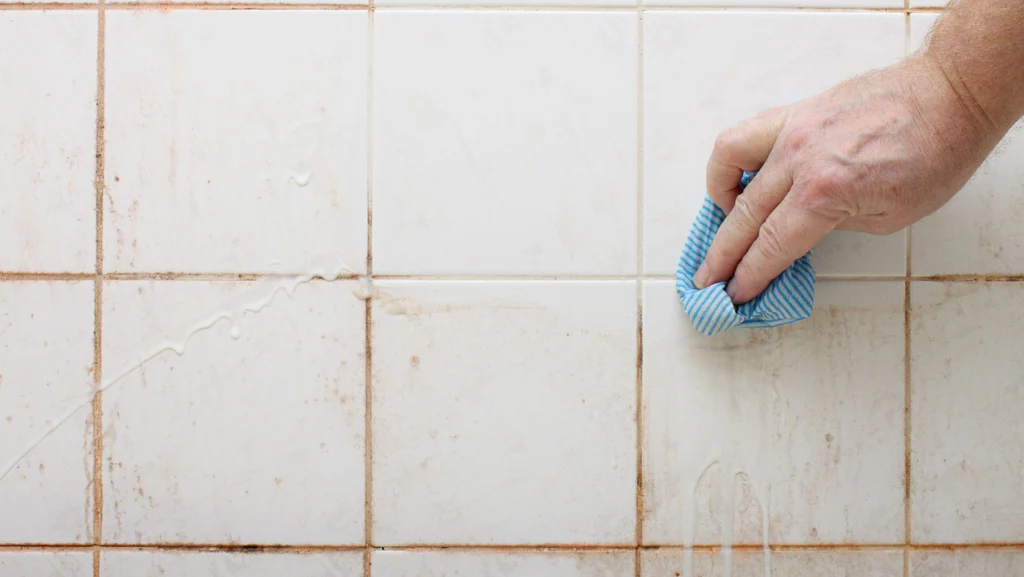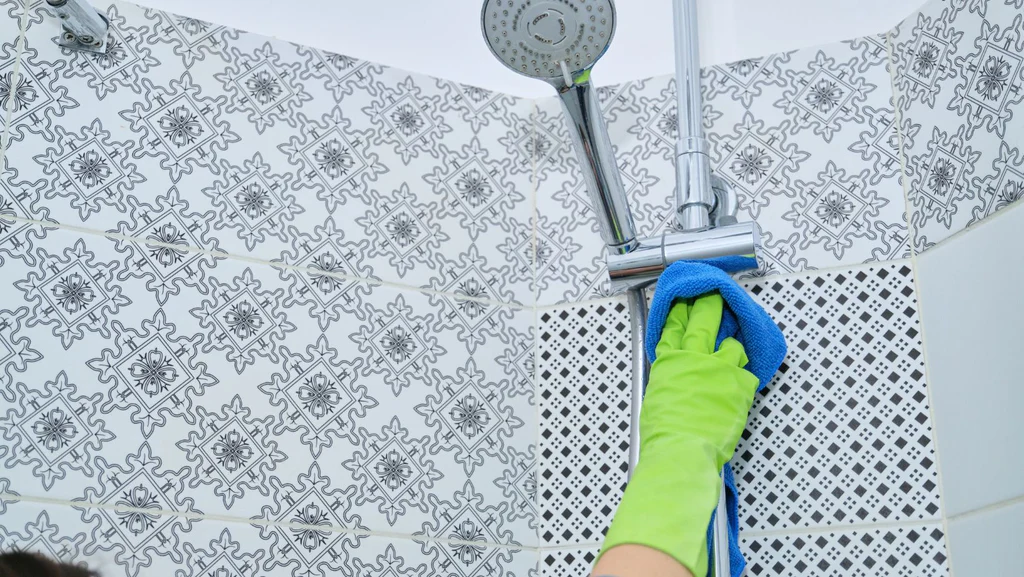Getting Rid of Pink Mold in the Shower in 4 Easy Steps
Encountering pink mold in your shower can be a real eye-opener—or rather, a gut-turning one. It’s not just unappealing; it can pose health risks too. If ignored, pink mold can wreak havoc on your well-being and damage your home. The good news? You don’t need to shell out big bucks for professionals or rely on harsh chemicals to banish it. This article will explore what causes pink mold in your bathroom and share practical ways to eliminate it, leaving you with a cleaner, healthier living space.
What exactly is pink mold? Pink mold isn’t actually mold—it’s a type of bacteria called *Serratia marcescens*. It thrives in warm, damp environments, which is why it’s often found lurking in bathrooms. Look for it around your shower, near the base of your tub, or even inside your toilet bowl. This bacteria feeds on soap scum, mineral deposits, and organic matter, making bathrooms a prime breeding ground.
While pink mold may not be the most dangerous thing you’ll encounter, it can still cause trouble. Contact with eyes or open wounds might lead to infections, especially for those with weakened immune systems. That said, its risk to healthy individuals is relatively low. However, it’s best to treat it seriously and take action promptly to avoid any potential issues.

### How to Get Rid of Pink Mold
#### Step 1: Scrub Away the Biofilm
Start by mixing two tablespoons of liquid dish soap with half a cup of baking soda. This simple yet effective concoction works wonders against biofilm. Apply the mixture using a soft-bristled brush, focusing on the affected areas. Scrub in different directions—back-and-forth, up-and-down, and circular motions—to ensure thorough coverage. Once the biofilm loosens, rinse it away thoroughly.
#### Step 2: Clean Your Shower Curtain
If you have a shower curtain and liner, disinfecting them is crucial. Remove the curtain and liner from the rod and toss the curtain into the washing machine. For this load, choose an antibacterial detergent to kill germs. Replacing an old shower curtain liner is quick and cost-effective since these are designed for short-term use.
#### Step 3: Sterilize the Shower Area
After removing the visible pink mold, sanitize the shower surfaces. Mix equal parts bleach and warm water or vinegar and warm water in a spray bottle. Spray the solution onto the shower walls, floor, and fixtures, then let it sit for 15 minutes. Scrub the area with a bristle brush, repeating the process if needed. Finally, rinse everything off and dry the surfaces with a microfiber towel to eliminate moisture.

#### Step 4: Replace the Shower Curtain and Liner
With your shower sparkling clean, it’s time to reinstall your new curtain liner and freshly cleaned curtain. This ensures your bathroom stays free of pink mold moving forward.
### Preventing Pink Mold from Returning
To keep pink mold at bay, adopt these habits:
- **Regular Cleaning**: Develop a routine to clean your bathroom regularly. Focus on wiping down walls, tiles, and corners to reduce moisture accumulation.
- **Ventilate Properly**: Ensure your bathroom has adequate airflow. Use exhaust fans or open windows to expel excess moisture after showers.
- **Eliminate Standing Water**: Dry any pooled water on surfaces immediately after use. A drier environment discourages mold growth.
- **Control Humidity**: Maintain humidity levels below 60%. If your bathroom struggles with ventilation, consider investing in a dehumidifier.
- **Choose Mold-Resistant Materials**: When shopping for shower curtains, tiles, or grout, opt for products labeled as mildew-resistant.
With these tips, you’re ready to take on pink mold head-on. Regular maintenance, proper sanitation, and preventive measures will help you maintain a mold-free bathroom. Now, step into your shower with peace of mind, knowing you’ve won the battle against pink mold and reclaimed your space.
Injection Nozzle,Injection Molding Nozzle,Injection Molding Machine Nozzle,Injection Machine Nozzle
Ningbo Jinyi Precision Machinery Co., Ltd. , https://www.jinyi-machinery.com